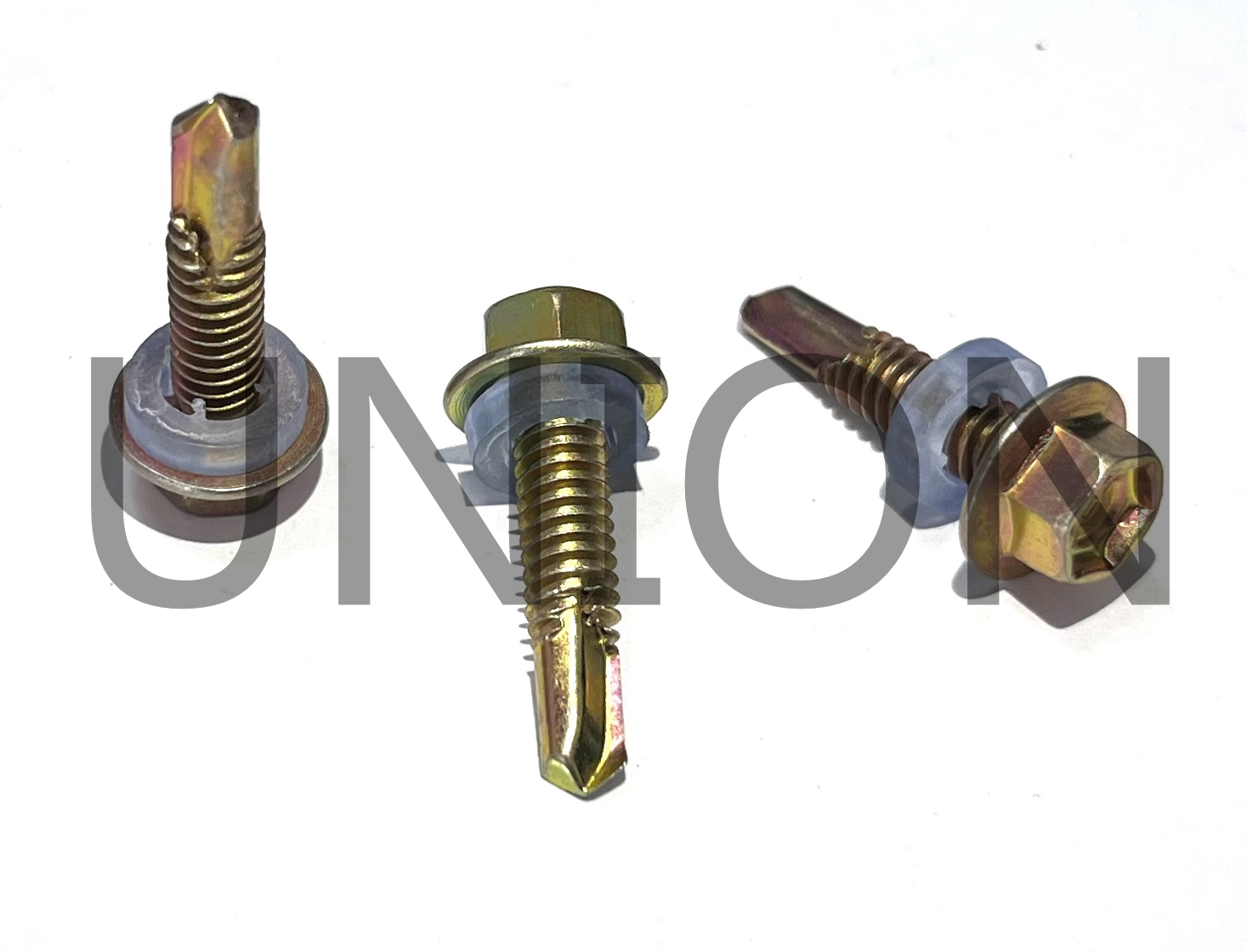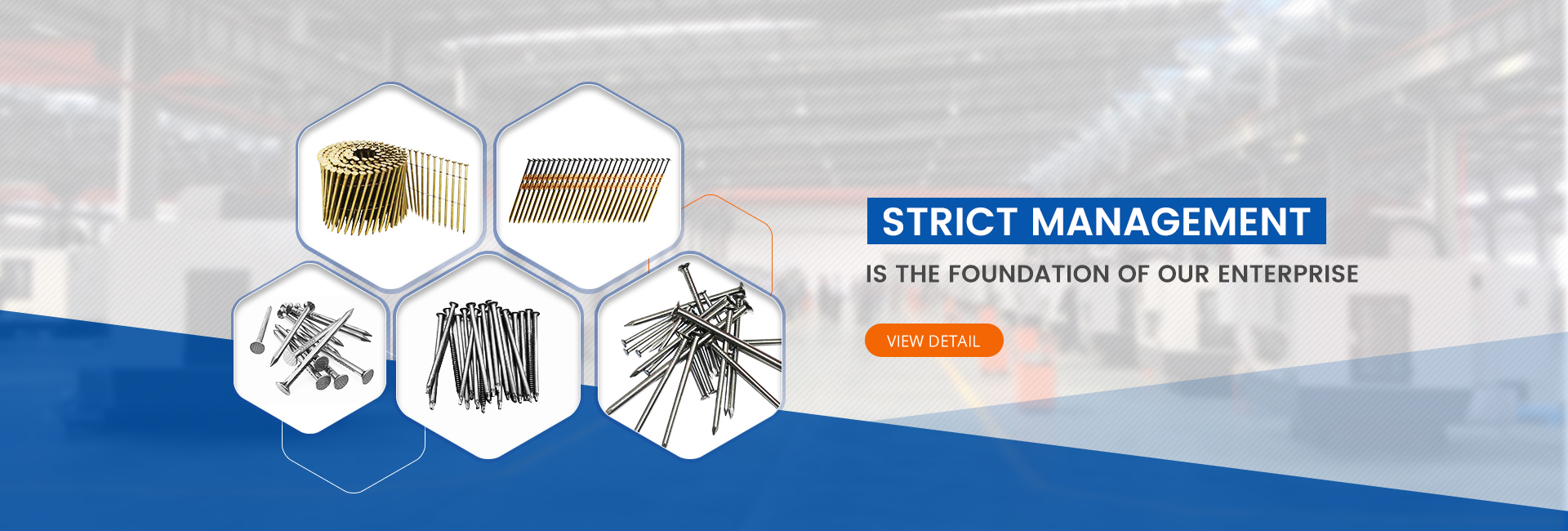Connecting metal components is a critical step in modern industrial manufacturing and construction. Traditional methods require pre-drilling before fastening, which is time-consuming and costly. Hex Head Self‑Drilling Screws revolutionize this process with their self-drilling tips and hexagonal heads, offering an efficient and reliable fastening solution.
A Hex Head Self‑Drilling Screw comprises three main components:
-
Hex Head: Ensures high torque transfer, resulting in secure installation.
-
Self‑Drilling Tip: No need for pre-drilling; it penetrates metal in one step.
-
Thread/Body: Made from high-strength steel with precise threading, often zinc-plated or passivated for excellent corrosion resistance.
Key Advantages:Speed: Self-drilling eliminates pre-drilling, saving seconds per screw—significant time-saving in large-scale projects.
-
Strength: The hex head allows higher torque for tighter fastening; thread design enhances grip.
-
Durability: Zinc plating or other coatings resist oxidation and mechanical wear.
-
Versatility: Available in many sizes (e.g., lengths, diameters) for fixing thin-gauge steel and composite panels.
Hex Head Self‑Drilling Screws are widely used across multiple sectors:
-
Steel Structures & Light-Gauge Steel Framing: Fast and secure fastening of thin steel sheets to structural members.
-
Panel Fixing: Ideal for metal sheets and composite panels in building facades and enclosures.
-
HVAC Installation: Quick assembly of metal ducts, vents, and housings.
-
Machinery & Equipment Fabrication: Precision fastening for frames, casings, and industrial structures.
When selecting Hex Head Self‑Drilling Screws for your project, consider:
-
Material / Coating: Zinc-plated, blue-white zinc, high-strength steel; for outdoor or coastal environments, consider chromate passivation or stainless steel 304.
-
Length & Diameter: Choose based on panel thickness and substrate – e.g. 4.8 × 19 mm, 4.8 × 38 mm.
-
Drilling Tip Type: 93° or 120° tips for various metal thicknesses.
-
Certifications: ISO 9001, CE marking, etc., for traceable quality assurance.
To ensure installation effectiveness and long-term performance, keep these points in mind:
-
Proper Torque Control: Use hex socket drivers or impact wrenches with torque control to avoid overtightening that may distort panels or snap screws.
-
Metal Penetration: Correct tip specification ensures one-step drilling without pre-drilling, reducing risk of cracks or offset holes.
-
Environmental Suitability: For outdoor/coastal/corrosive environments, choose stainless steel or heavy zinc plating with ≥500 h salt spray resistance.
-
Storage & Maintenance: Store in dry conditions and periodically inspect for corrosion.
When looking for reliable suppliers of Hex Head Self‑Drilling Screws, consider:
-
Production Capacity & Lead Time: Ability to fulfill bulk orders quickly.
-
Quality Control Systems: Availability of third-party testing reports (ISO/SGS/QS spot checks).
-
Customization Capability: Ability to customize tip angle, thread form, packaging, etc.
-
Technical Support & Consultation: Offering installation guidance, training, and after-sales feedback.
In summary, Hex Head Self‑Drilling Screws, with their efficiency, strength, and durability, are increasingly becoming the fasteners of choice in industrial and construction applications. By paying attention to key specifications, installation guidelines, and partnering with reputable suppliers, you can leverage their full potential—saving on material costs and increasing reliability across your projects.
-
-
-
-
-

Post time: Jun-10-2025



